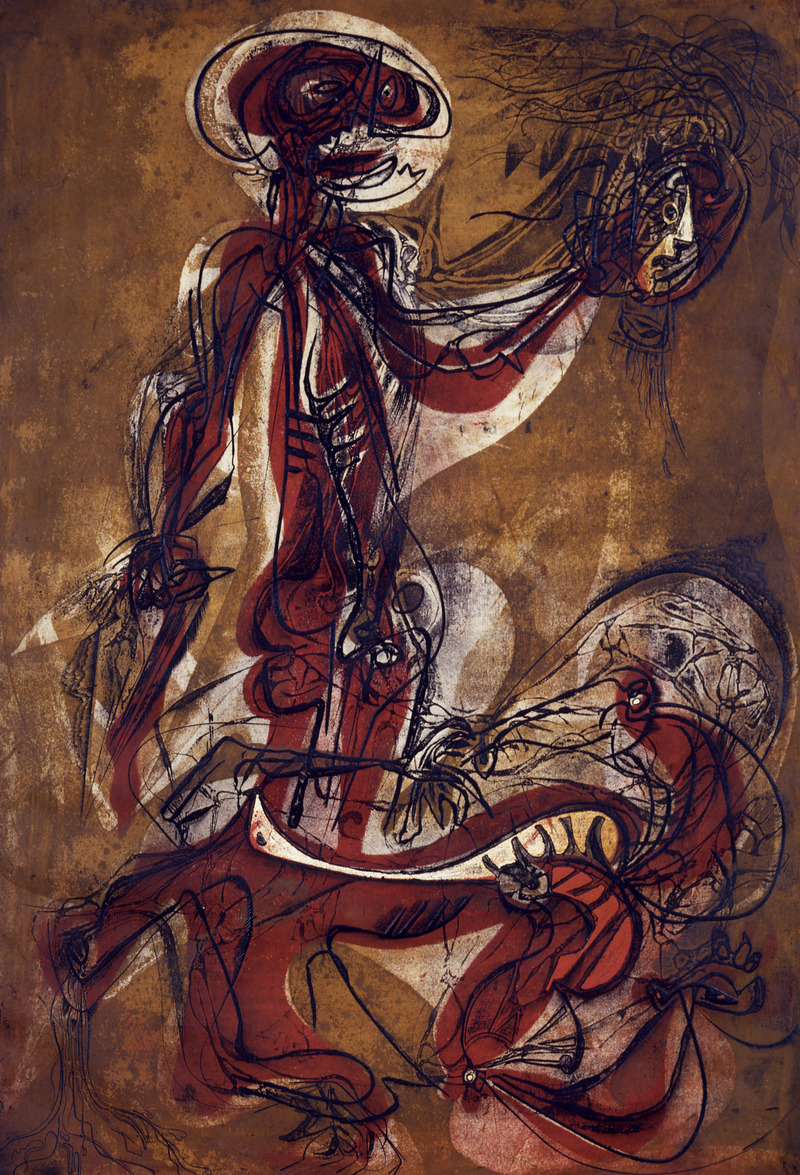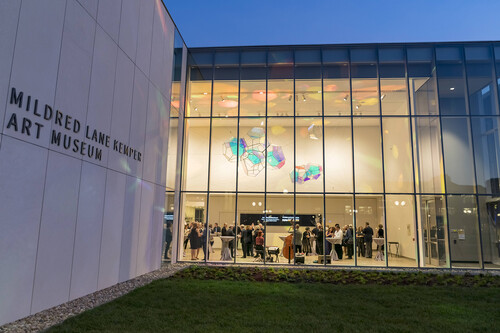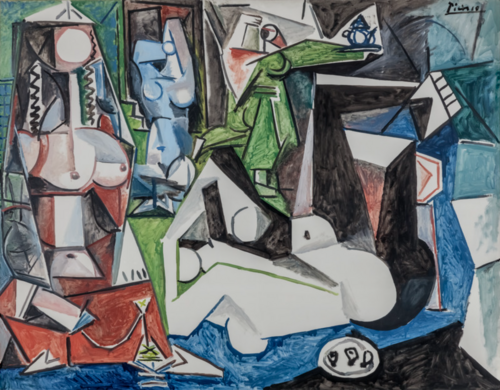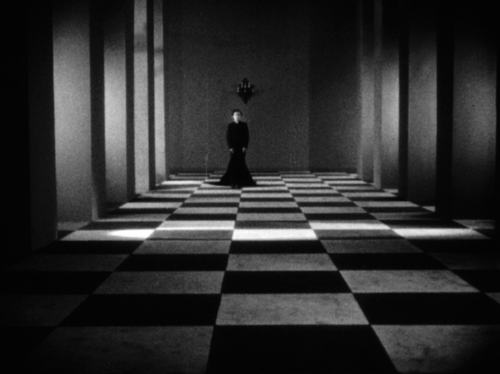The Body in Pieces
Garen Gallery
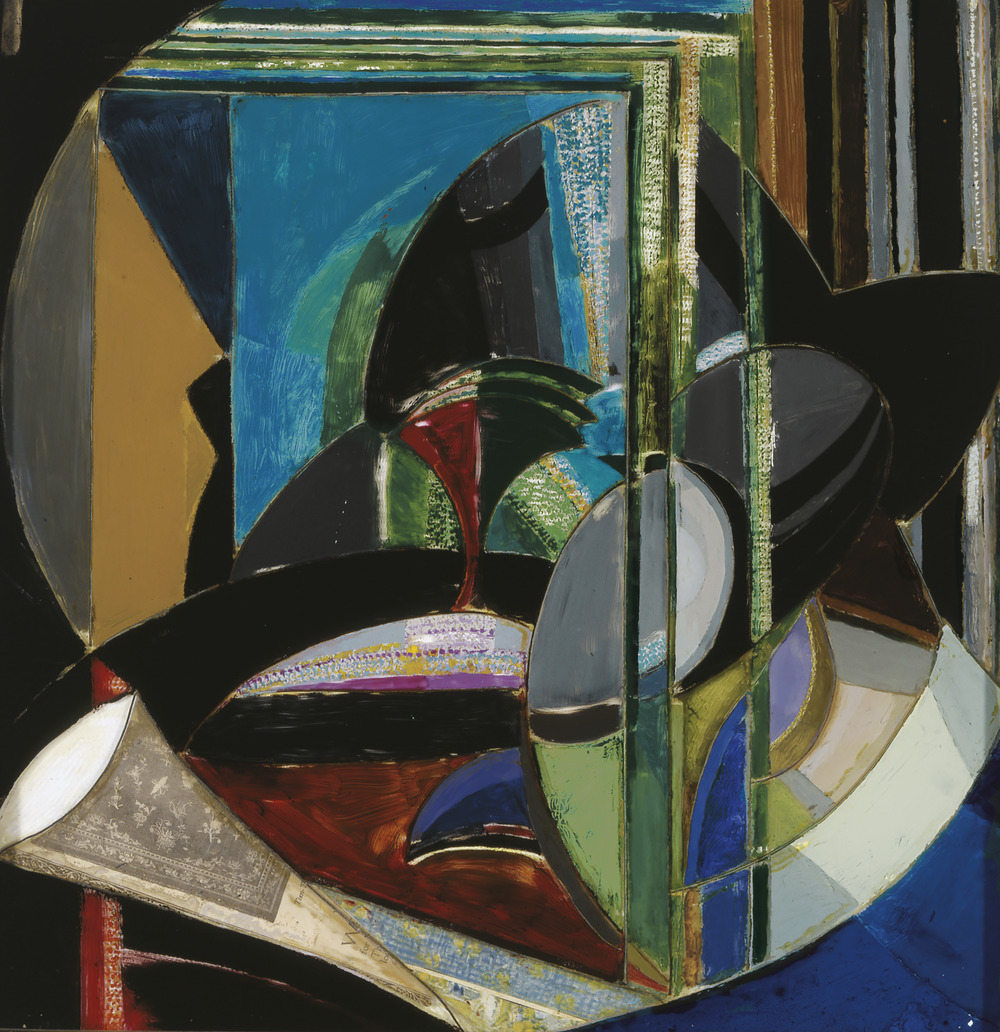
In her 1994 text The Body in Pieces, art historian Linda Nochlin proposes the fragment as a metaphor for modernity. She argues that artists’ impulse to portray the human body as fractured emerged in the late 19th century from “that sense of social, psychological, even metaphysical fragmentation that so seems to mark modern experience—a loss of wholeness, a shattering of connection, a destruction or disintegration.” Taking inspiration from Nochlin, this exhibition assembles the work of a wide range of artists working during the first half of the 20th century who evoke this phenomenon, including Maya Deren, Jean Dubuffet, Fernand Léger, and Joan Miró. Through stylistic experiments in painting, sculpture, prints, photographs, and films, these artists and their peers searched for new ways to signal complex and sometimes fraught experiences of modernity.
By the early 20th century, Europe and the United States had experienced rapid modernization and industrialization. An accelerated pace of life led to new bodily experiences of the world and novel ways of depicting the human form. Artworks of this time reflect the sensorial overload of urban life, the sweep of high-speed travel, the repetitive motions of factory machinery, and the violent dismemberment caused by mechanized warfare. By incorporating these machine-like gestures into the act of making, artists yielded unprecedented corporeal representations. This exhibition is divided into sections that explore the varied techniques artists used to render the body in pieces, whether by deconstructing it into geometric shapes, dissolving it into daubs of paint, cropping it into photographic fragments, subjecting it to the destruction of the unconscious mind, or melting it into gestural brushstrokes.
The exhibition is curated by Dana Ostrander, assistant curator. The artworks in this exhibition are drawn primarily from the Museum's permanent collection.
Installation Views
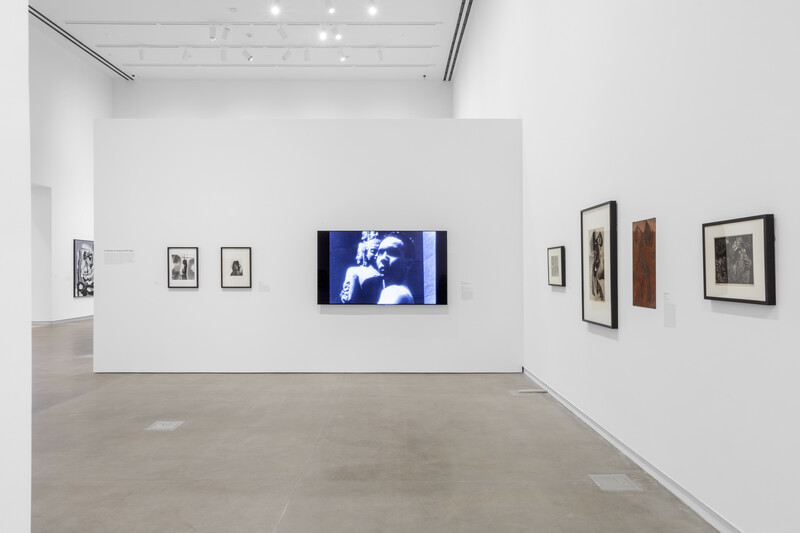
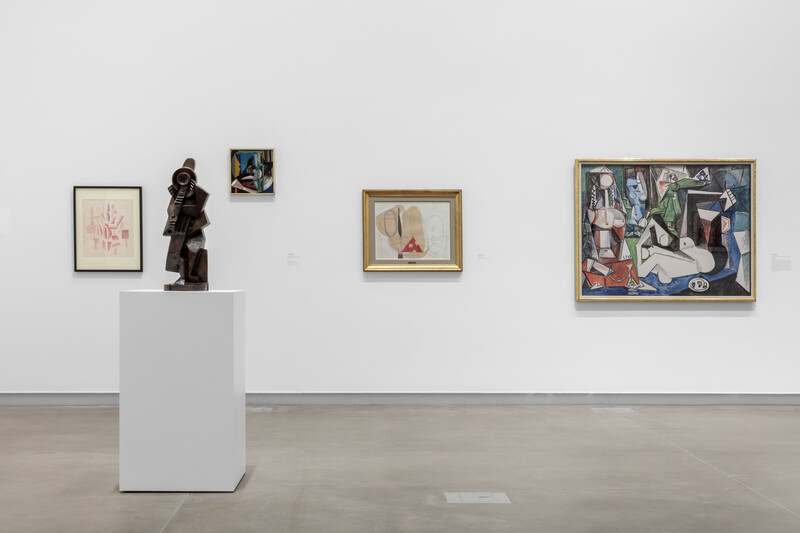
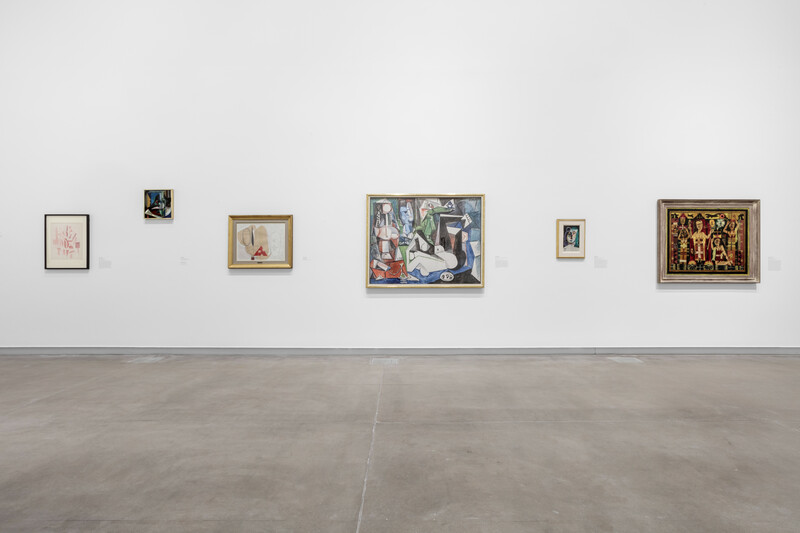
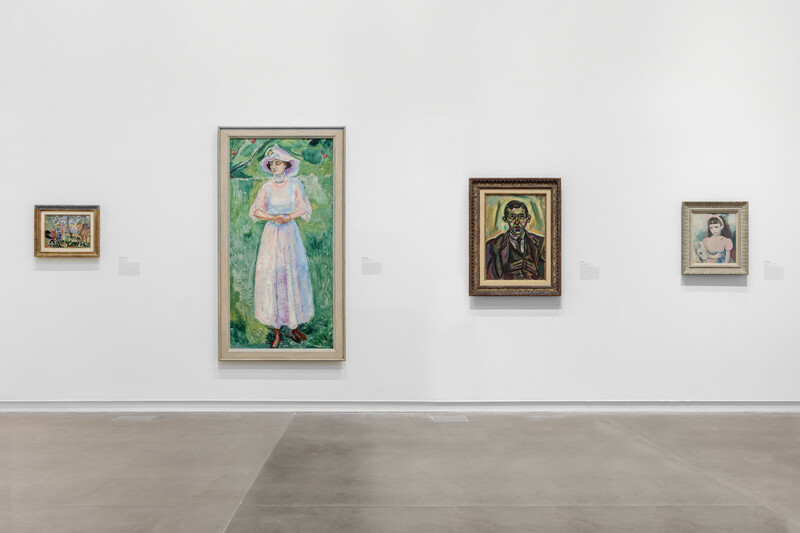
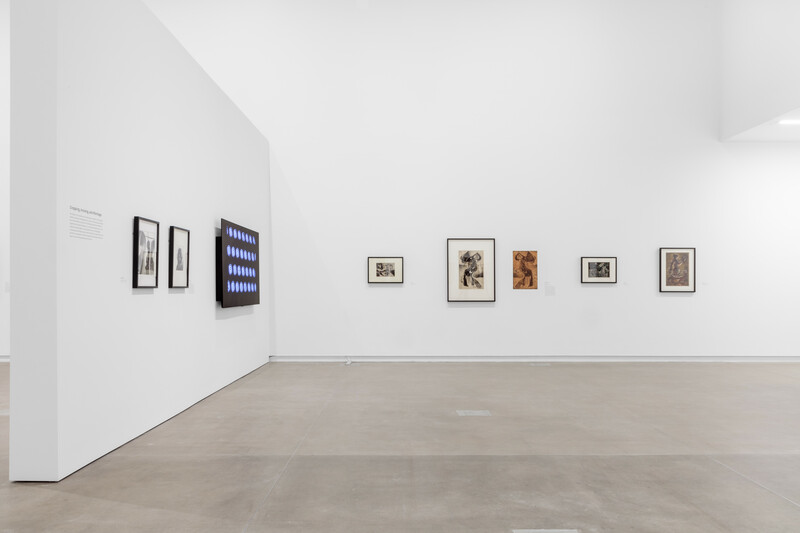
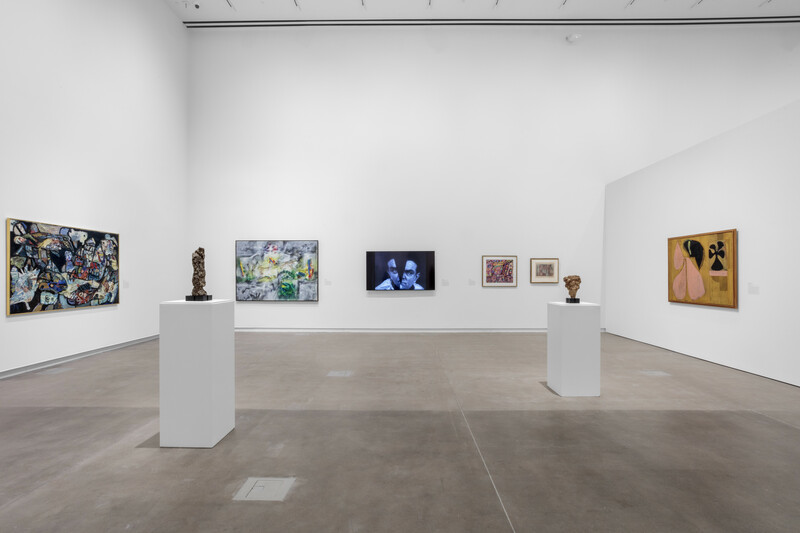
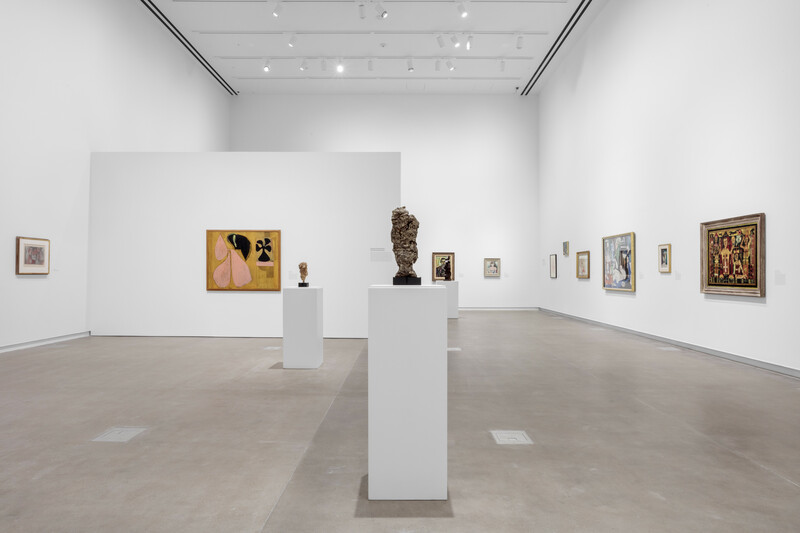
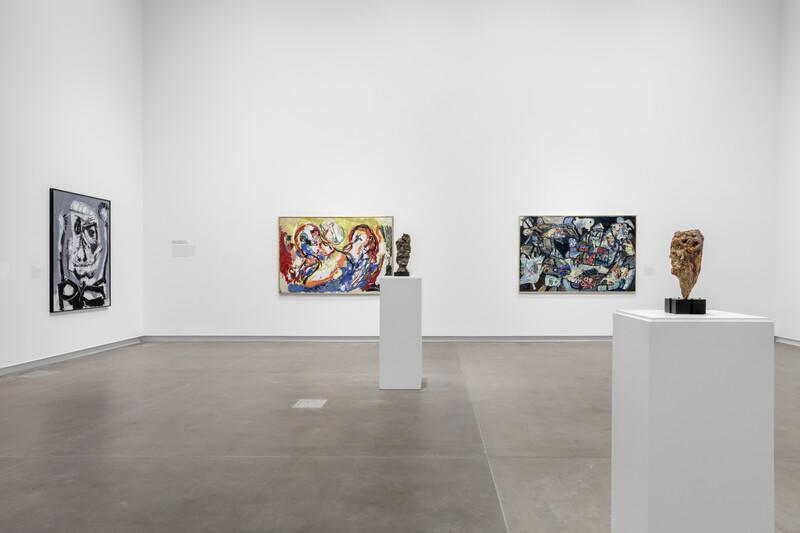
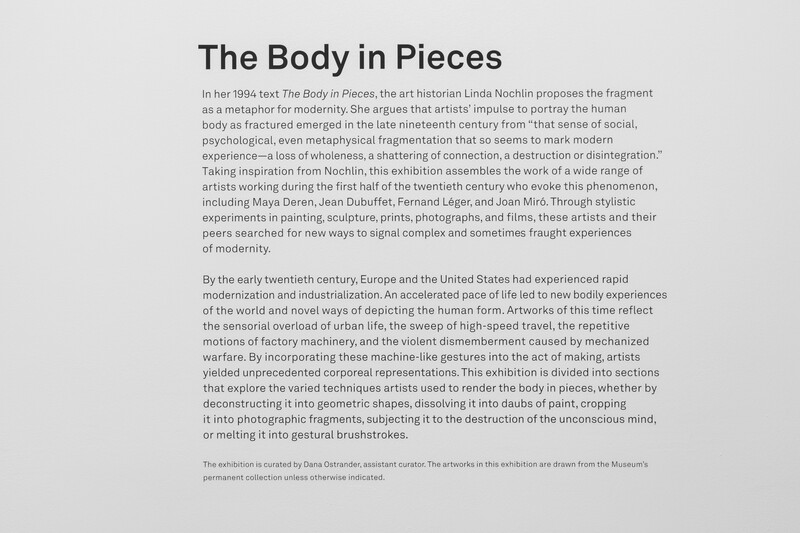
Selected works
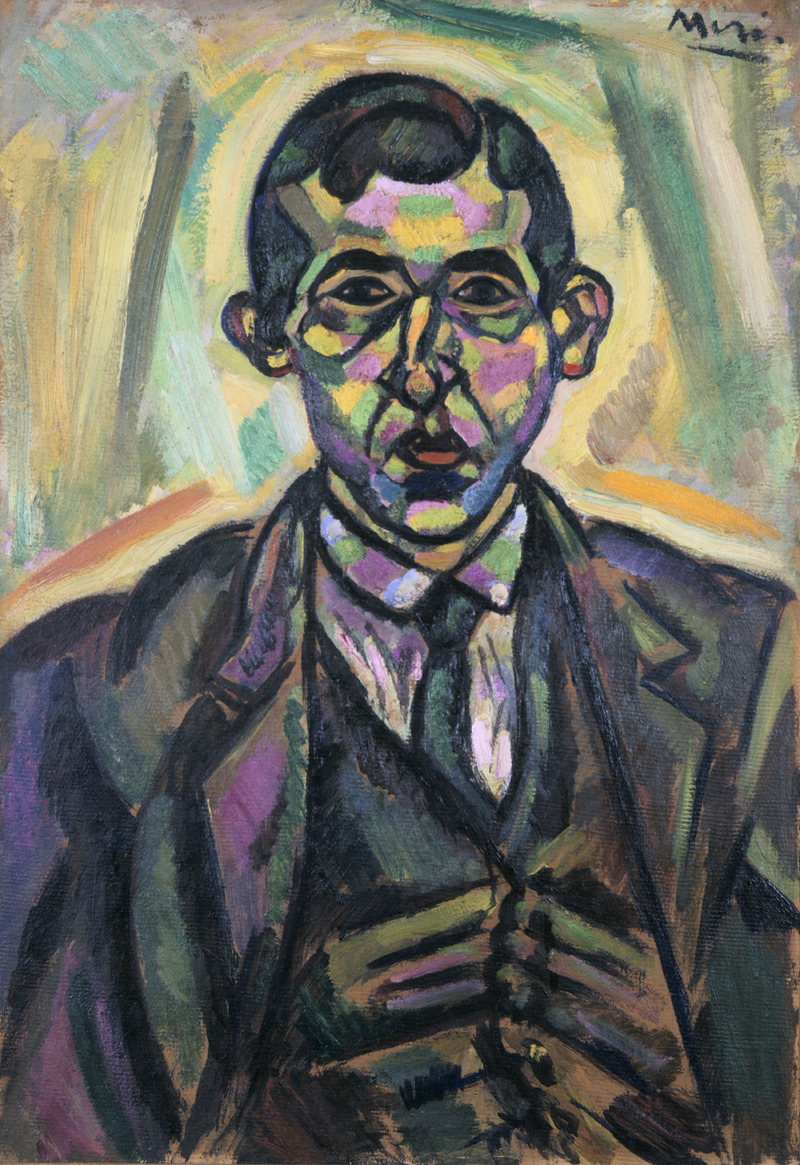
Joan Miró
Portrait of Josep F. Ràfols
1917
Fernand Léger
Interior with Couple
1920
Joseph Stella
Man in the Elevated (Train)
1916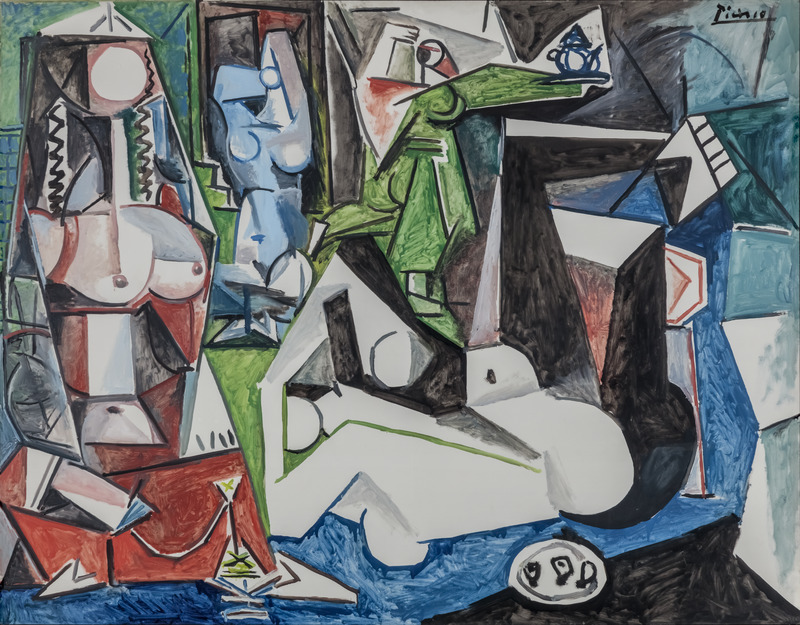
Pablo Picasso
Les femmes d'Alger (Women of Algiers), Variation N
1955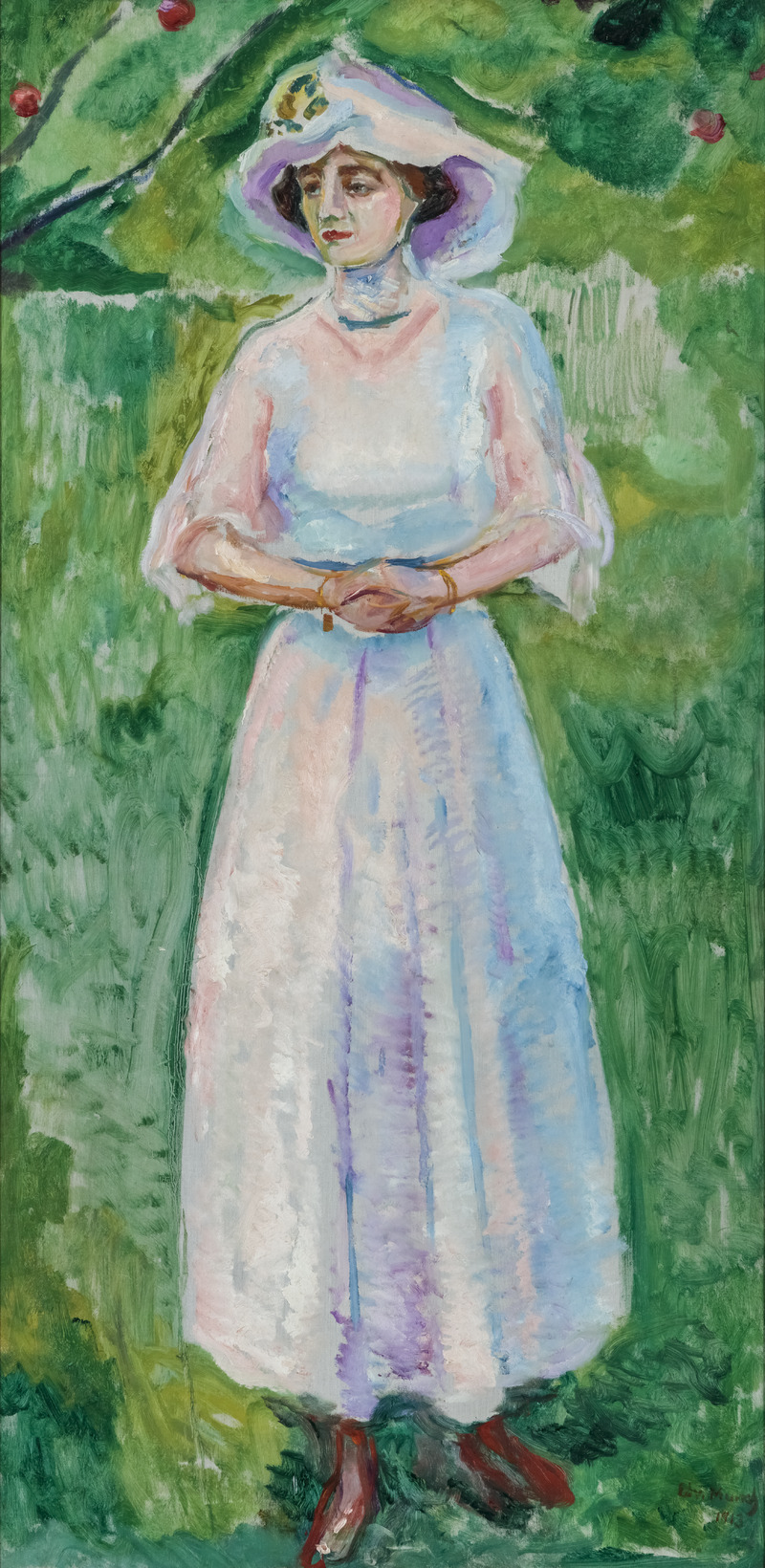
Edvard Munch
Portrait of Irmgard Steinbart
1913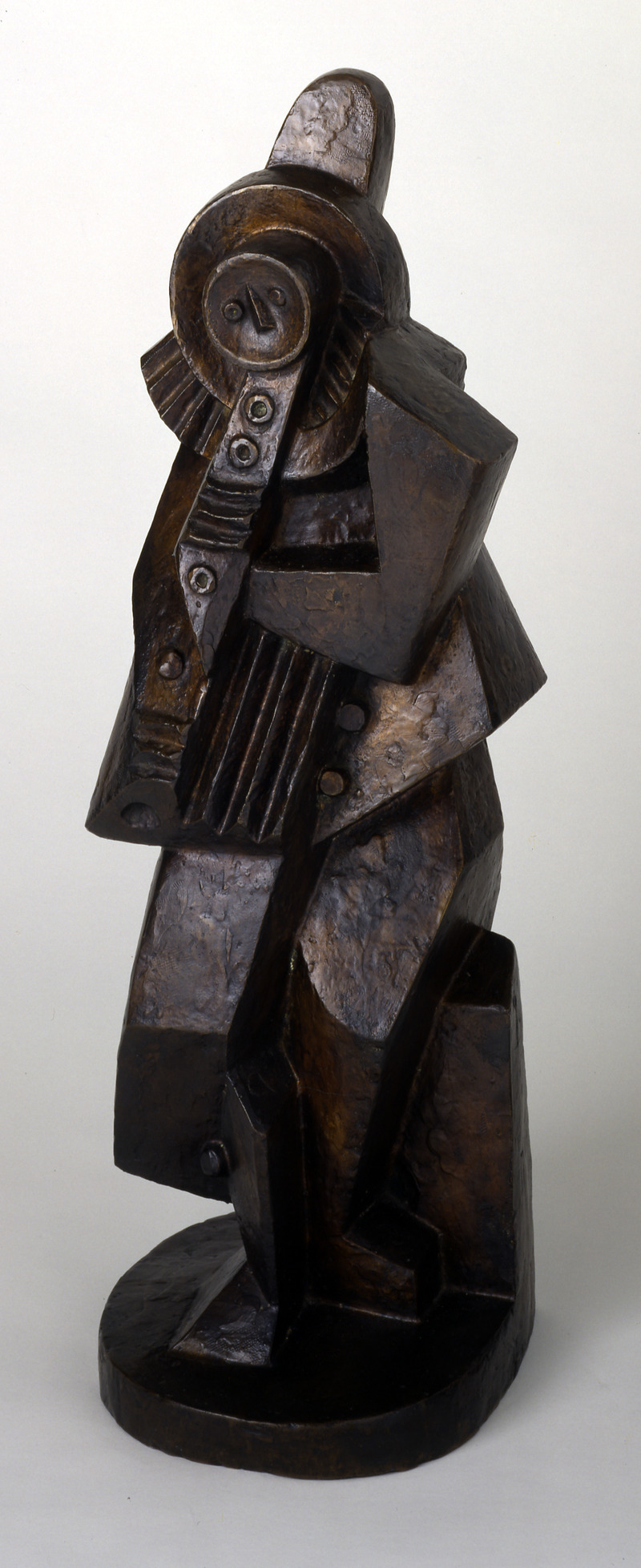
Jacques Lipchitz
Pierrot with Clarinet
1919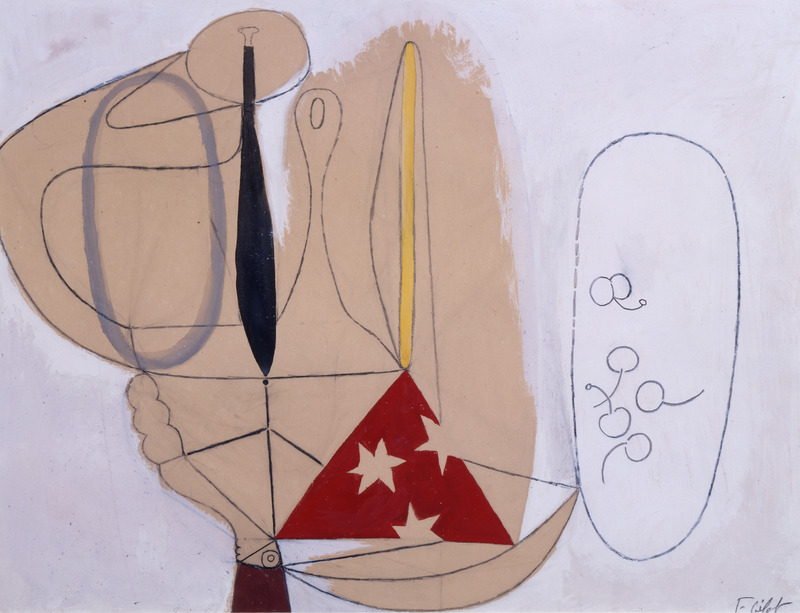
Françoise Gilot
Composition
1948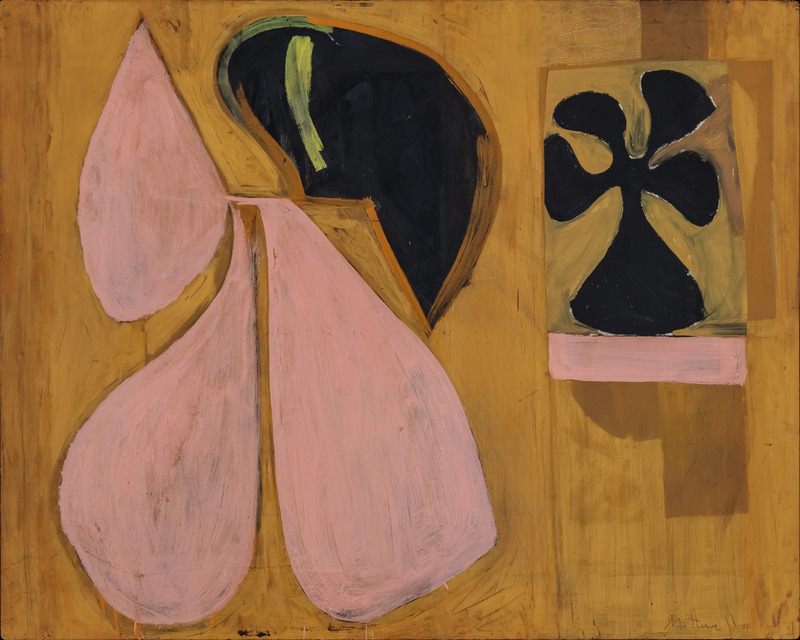
Robert Motherwell
Interior with Pink Nude
1951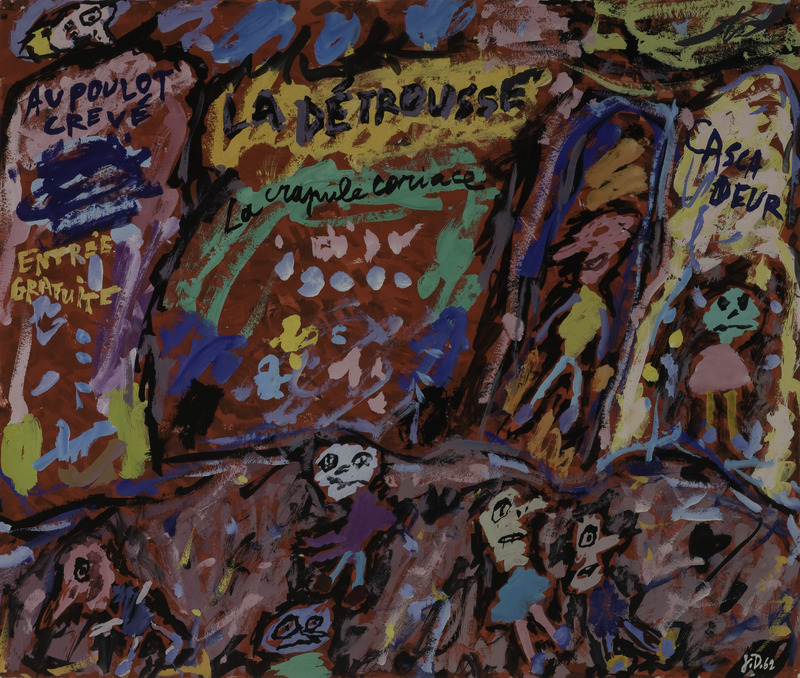
Jean Dubuffet
La détrousse (The Pickpocketing)
1962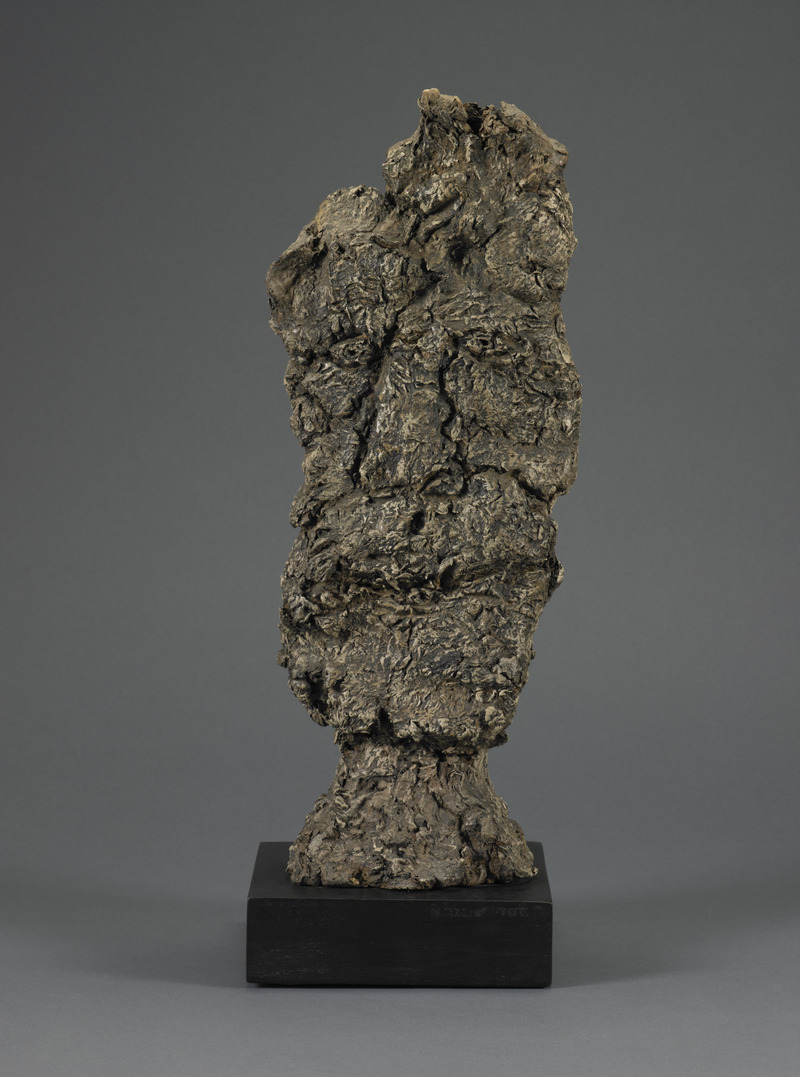
Jean Dubuffet
Poches aux yeux (Bags under the Eyes)
1959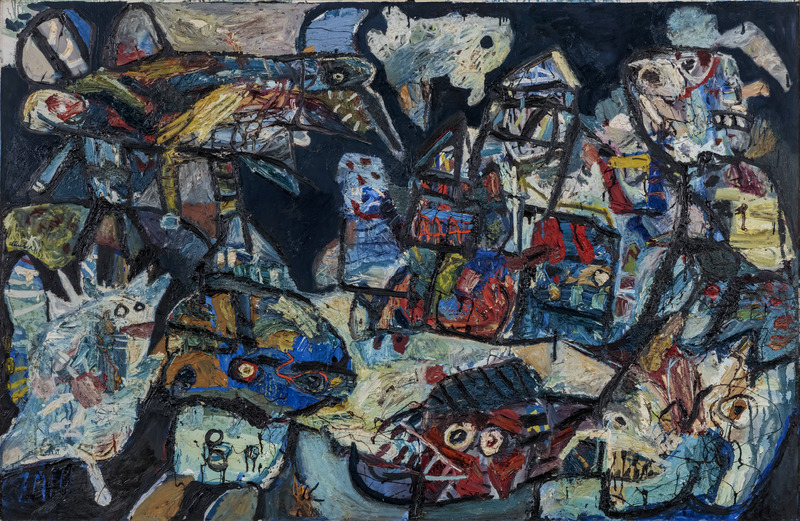
Lucebert
The Menaced House
1962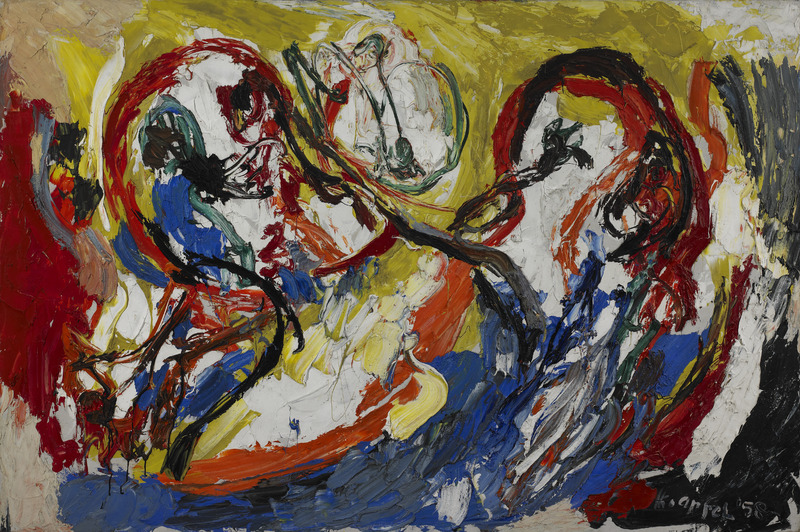
Karel Appel
Heads in Space (Abstraction)
1958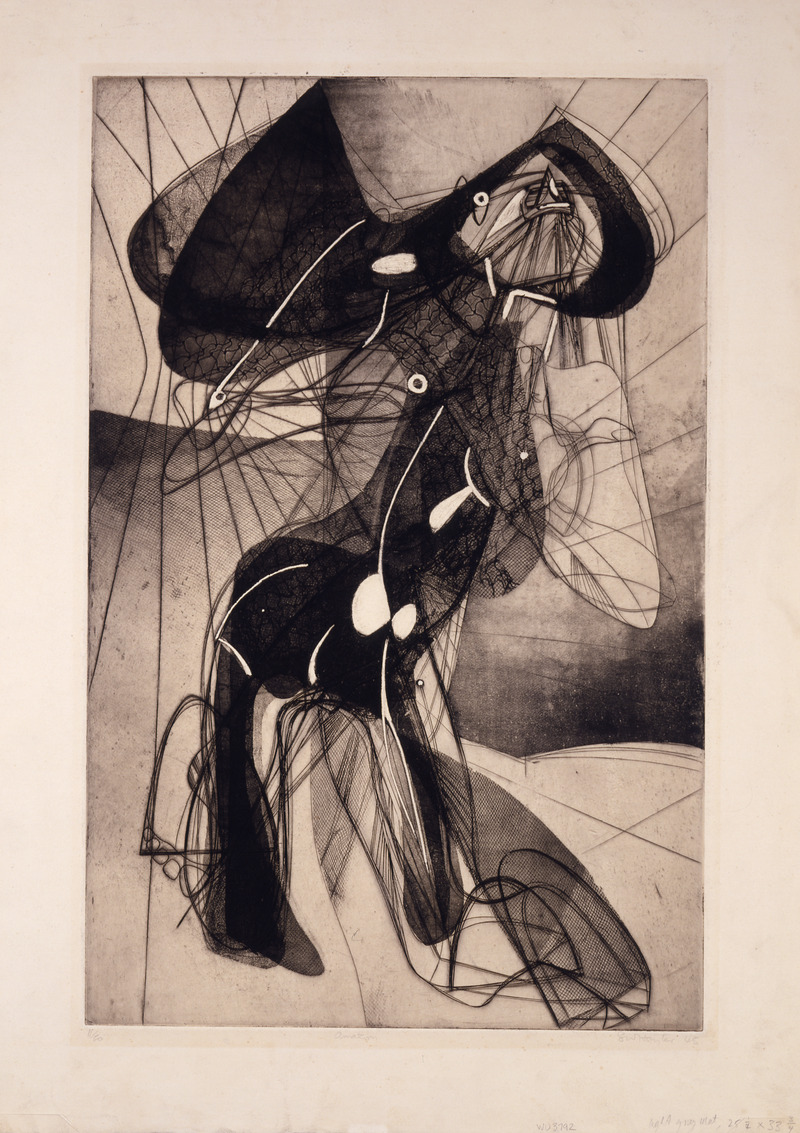
Stanley William Hayter
Amazon
1945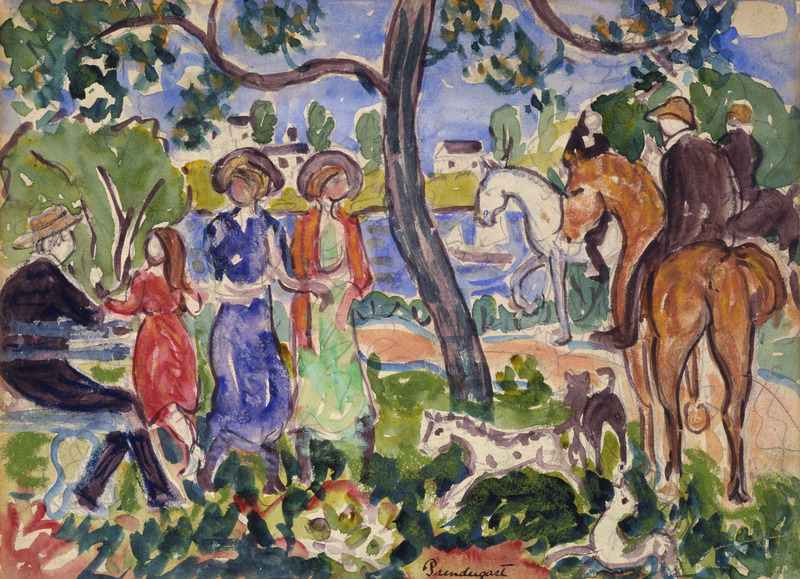
Maurice Prendergast
Riders in the Park
1918